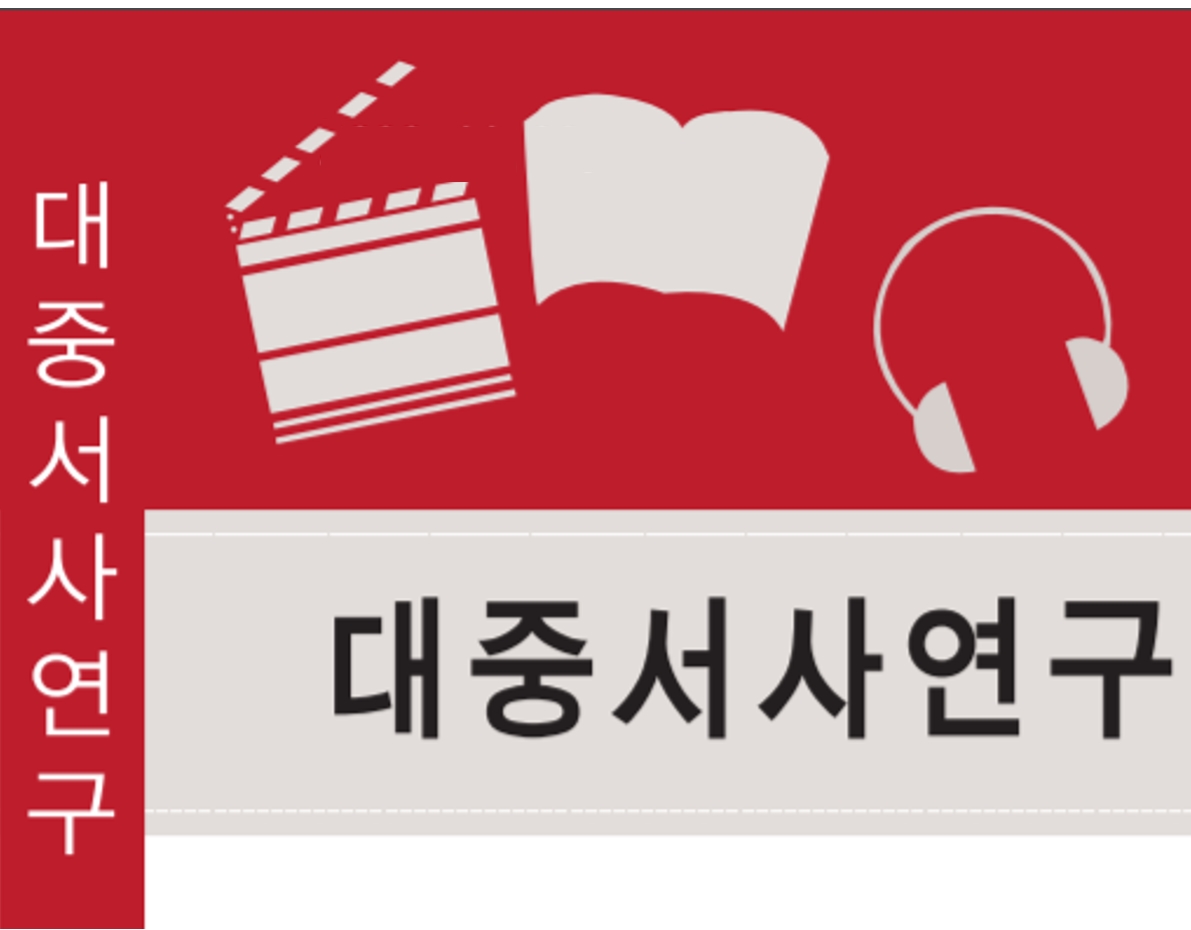대중서사연구
- P-ISSN1738-3188
- E-ISSN2713-9964
 ISSN : 1738-3188
ISSN : 1738-3188
A Study on the Narrative of Reportage in Byeolgeongon and its Fun Effect
Abstract
Byeolgeongon is the first magazine to claim to advocate the promotion of the public taste in modern Korea, and so it is thought to be an important material in tracing the modern origin of popular culture in Korea. Because “fun” in Byeolgeongon was a key element, its editorial staff made an various attempt to draw the interest of the general public. We need to pay attention to ‘reportage’, one of their attempts, as the unique narrative strategy, which caught readers` interest. In this paper, I studied how the narrative of reportage in Byeolgeongon created ‘fun’, and tried to illuminate the popular-style writing shown there. “Reportage” in Byeolgeongon is an article reporting about it after reporters under the direction of the chief editor investigate a specific area during a limited time. Reporters, the subjects of narrative, are also the subjects of investigation, and they perform many roles. The object of investigation is primarily ‘Gyeongseong’ or ‘Seoul’ under Japanese Imperialism. In this case, the space of investigation includes such covert ones as the streets of ‘Gyeongseong’ at a certain time of day, a cesspool of crime, bar-whorehouses, boarding-house villages, private homes, and the like. The narrative in reportage may be summarized as follows. First, the process of investigation is described in detail in the present tense, and the vivid description of the target-site and the direct quote of on-site interviews give a sense of reality. Second, the adventure narrative that utilizes ‘infiltration’ and ‘disguise coverage’ of reporters adds interest and thrill. Next, the frequent psychological description of reporters increases the readers` understanding and empathy for the situation and investigators. Finally, revealing the hidden corruption of the subject of investigation and criticizing social conditions lead the readers to the pleasure. In view of the overall discussion above, it is important that ‘reportage’ in Byeolgeongon created the stereoscopic narrative, which enabled us to glimpse the hidden side of modern city. In other words, the narrative style of ‘reportage’ seems to have provided readers with ‘vicarious satisfaction’ in the way reporters lead them to the private space, which cannot be seen even if readers want to. I think this paper has a special meaning in that I have analyzed the narrative of ‘reportage’ in Byeolgeongon, which has seldom been dealt with so far, and examined how 'fun' is created in Byeolgeongon. However, it will be possible to reveal the complete narrative strategy after the narrative of the other articles in Byeolgeongon is also analyzed and considered in a comprehensive manner.
- keywords
- Byeolgeongon, reportage, fun, narrative, Gyeongseong, private space, vicarious satisfaction, description of investigation process, description of investigated object, adventure narrative, internal confession of reporters, social criticism, 『별건곤』, 탐사 기사, 재미, 서술 방식, 경성, 사적 공간, 대리만족, 탐사과정 기술, 탐사대상 묘사, 모험서사, 기자의 내면 고백, 세태 비평
Reference
별건곤 , 개벽사, 1926. 11-1934. 8.
김진량, 「근대 잡지 별건곤 의 취미담론과 글쓰기의 특성」, 어문학 88호, 한국어문학회, 2005, 331~352쪽.
오선영, 「대중소설의 유행과 장르 분화 – 별건곤 게재소설을 중심으로」, 문창어문논집 46호, 문창어문학회, 2009, 119~144쪽.
오장근, 「사건보도, 사태보도, 르포르타주 –정보위주 신문텍스트의 텍스트유형 분류를 위한 연구」, 텍스트언어학 10호, 한국텍스트언어학회, 2001, 189~211쪽.
유석환, 「개벽사의 출판활동과 근대잡지」, 성균관대 석사학위논문, 2007. 2.
유석환, 「식민지시기 근대소설의 발흥과 천도교 매체의 역할」, 대동문화연구 73집, 성균관대학교 동아시아학술원, 2011, 249~287쪽.
이경돈, 「1920년대 단형서사의 존재양상과 근대 소설의 형성과정 연구」, 성균관대학교 박사학위논문, 2004. 2.
이경돈, 「 별건곤 과 근대 취미 독물」, 대동문화연구 46집, 성균관대학교 동아시아학술원, 2004, 249~287쪽.
이경돈, 「‘취미’라는 사적 취향과 문화주체 ‘대중’」, 대동문화연구 57집, 성균관대학교 동아시아학술원, 2007, 233~-259쪽.
이용희, 「1920~30년대 단편 탐정소설과 탐보적 주체 형성과정 연구」, 성균관대 석사학위논문, 2009.
전혜진, 「별건곤에서 드러난 도시 부르주와 문화와 휴양지 표상」, 한국언어문화 제41집, 한국언어문화학회, 2010, 5~31쪽.
천정환, 「계몽주의 문학과 ‘재미’의 근대화」, 역사비평 2004년 봄호, 역사문제연구소, 2004, 343~363쪽.
최애순, 「1930년대 탐정의 의미 규명과 탐정소설의 특성 연구」, 동양학 제42집, 단국대학교 동양학연구소, 2007, 23~42쪽.
소래섭, 에로 그로 넌센스-근대적 자극의 탄생 , 살림, 2005.
최화수, 르포 라이팅 , 동방문화, 2007.
- Downloaded
- Viewed
- 0KCI Citations
- 0WOS Citations
